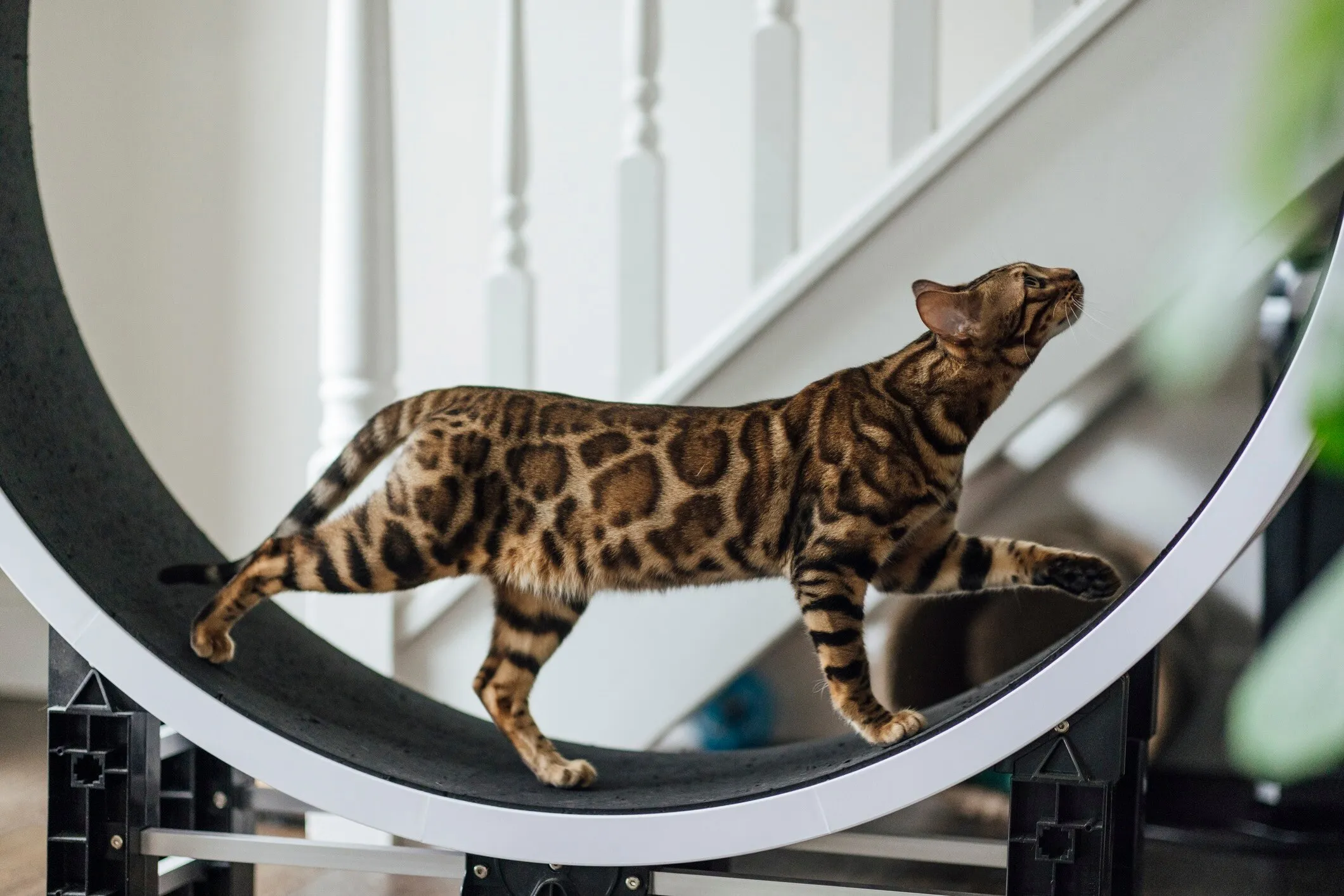Bengal cats captivate with their wild, leopard-like appearance and energetic personality, making them a top choice for experienced cat lovers. Often mistaken for mini leopards, these stunning felines result from crossing domestic shorthairs with Asian leopard cats. As Jennifer Frione, DVM, and owner of Lakeside Animal Hospital in Plantation, Florida, explains, Bengals blend curiosity and athleticism into loyal companions. If you’re considering a purebred Bengal cat, always verify local regulations first—some U.S. states restrict early generations (F1-F2) due to their wild heritage.
Before bringing home a Bengal kitten, understand their unique needs. Classified by filial generations (F1 being closest to wild ancestors), higher-generation Bengals (F3+) are more domestic-like, smaller, and better suited for homes. They thrive on stimulation, not lounging, and may not suit families with young kids or small pets due to their hunting instincts.
Understanding Bengal Cat Generations and Lifestyle Needs
Bengals demand an active environment mimicking their wild roots. Low-generation cats (F1-F2) retain more feral traits, growing larger (up to 15 pounds) and requiring extensive play. Higher generations weigh 8-12 pounds, stand 8-10 inches tall, and adapt better indoors with vertical spaces like cat trees and shelves.
These cats aren’t lap pets; they explore, climb, and vocalize needs boldly. Frione advises kitten-proofing homes, as Bengals’ intelligence leads to mischief—like splashing in water or raiding cabinets. Provide enrichment to curb boredom-induced destruction.
Common Bengal Cat Health Issues
Bengals boast a 12-16 year lifespan but face breed-specific risks. Pet insurance is wise for covering genetics and emergencies.
Lymphoma Risks
Bengals have higher lymphoma odds, a lymphatic cancer often intestinal. Symptoms prompt vet evaluation; treatments include chemotherapy, surgery, or radiation. Early detection via routine exams is key.
Gastrointestinal Problems
Curiosity causes GI upset from nibbling toxic houseplants or developing irritable bowel disease. Watch for vomiting, diarrhea, or appetite changes—consult a vet promptly, per Bengal Rescue guidelines.
Patellar Luxation
Athletic Bengals risk kneecap dislocation, leading to arthritis. Anti-inflammatories or surgery manage severity.
Hypertrophic Cardiomyopathy (HCM)
Thickened heart muscle is common; breeders should test parents, though not all cases are detectable. Annual vet checks catch it early.
Progressive Retinal Atrophy (PRA)
Retinal degeneration causes blindness, starting with night vision loss. Hereditary in kittens or later-onset; vision-impaired Bengals adapt well with home adjustments. Ethical breeders screen parents.
Pyruvate Kinase Deficiency (PKD)
This enzyme shortage accelerates red blood cell breakdown, causing anemia. Genetic testing minimizes risks in kittens.
Routine wellness visits, per veterinary standards, ensure longevity.
Optimal Feeding for Bengal Cats
No special diet needed, but choose AAFCO-approved commercial foods meeting nutritional profiles. Consult vets for personalized picks, like Royal Canin Bengal formula.
Feeding Strategies
Mimic hunting with puzzles, lick mats, and multiple small meals daily to prevent obesity. Avoid free-feeding.
Portion Control
Calorie needs vary by generation, age, and activity—lean builds demand balance. Vets adjust for weight issues.
Supplements Caution
Skip extras unless vet-recommended for health concerns; balanced diets suffice.
Bengal Cat Behavior and Training
Bengals outshine typical cats in energy and smarts, needing daily stimulation.
 Bengal cat exercising on a cat wheel
Bengal cat exercising on a cat wheel
Compatible with dogs via slow intros, but territorial with timid pets. Apartments work with vertical enrichment: trees, posts, shelves.
Key Behaviors
Water-loving and trick-savvy, they nap post-play. Combat boredom with wheels, fetch, birdwatching, or harness walks—never off-leash outdoors.
Training Tips
Clicker train tricks; leash practice suits their outdoor affinity.
Fun activities: catio sunbathing, foraging, puzzles, pool play.
For grooming insights, explore cat grooming behavior.
Bengal Grooming Routine
Short, glittering coats in spotted/marble patterns (brown, silver) shed minimally.
Coat and Skin Maintenance
Weekly brushing prevents matting; water play substitutes baths.
Eye, Ear, and Nail Care
Monitor green/gold eyes for PRA signs. Clean ears post-water exposure to avoid infections. Trim nails monthly.
Ideal Homes for Bengal Cats
Bengals suit active owners providing enrichment. Check laws—higher generations are milder, urban-friendly. Budget $1,500-$4,000 plus care costs.
Not fully hypoallergenic despite low shed; allergens linger in saliva/skin.
Conclusion
Caring for a Bengal cat rewards with a vibrant companion, but demands commitment to health monitoring, active lifestyles, and enrichment. Prioritize reputable breeders screening for HCM, PRA, PKD; regular vet care ensures thriving. Start your Bengal journey informed—your home could be their perfect safari.
References:
- PetMD: Bengal Cat Breed Guide
- Lakeside Animal Hospital (Dr. Jennifer Frione)
- Bengal Rescue: Medical Issues
- AAFCO Nutritional Guidelines
- Wildcat Conservation: Asian Leopard Cat
